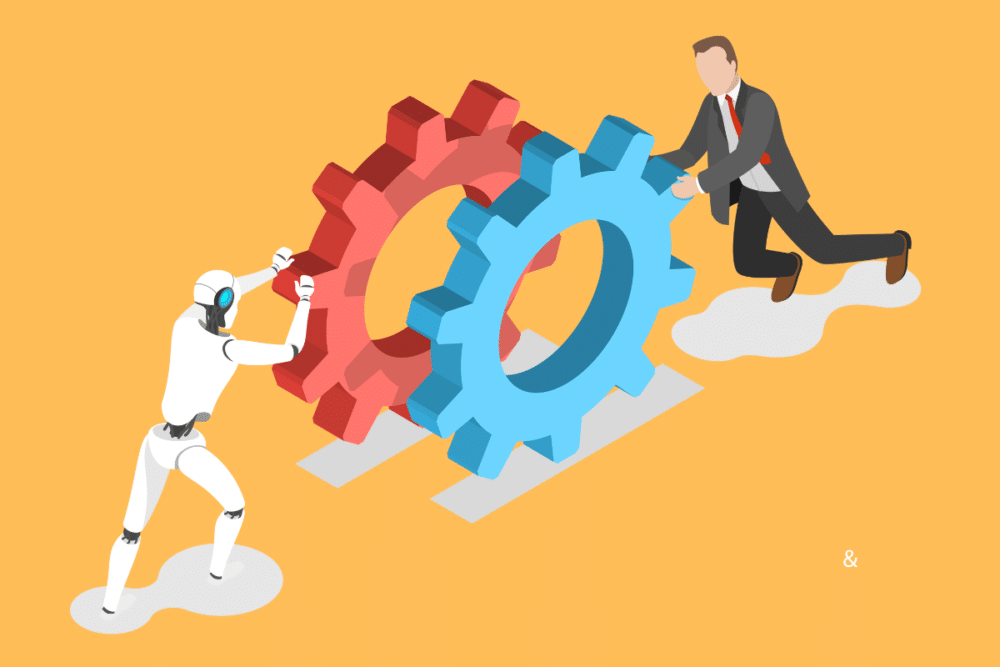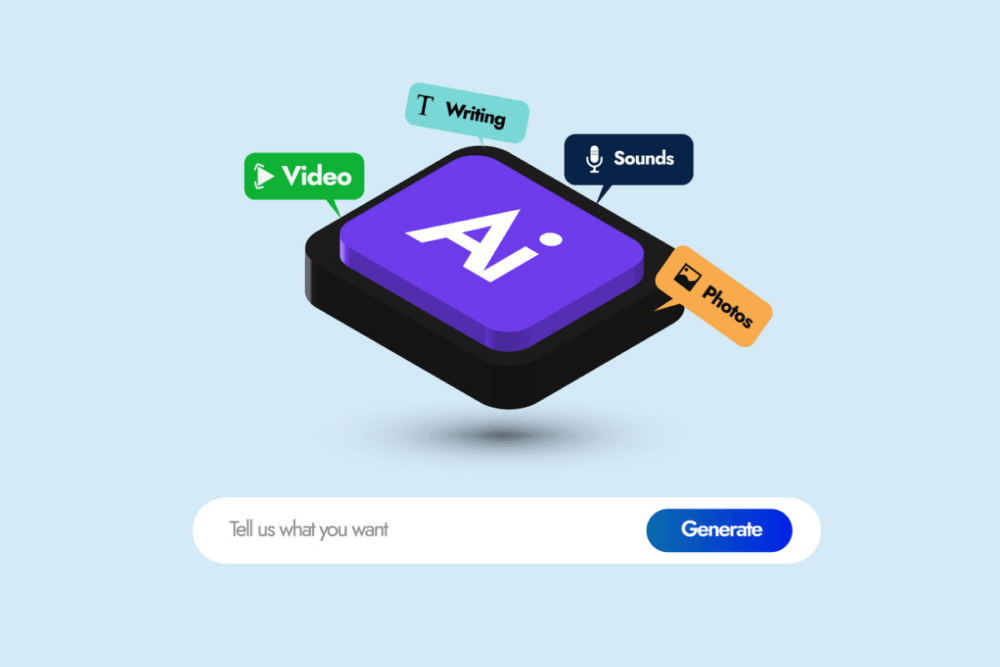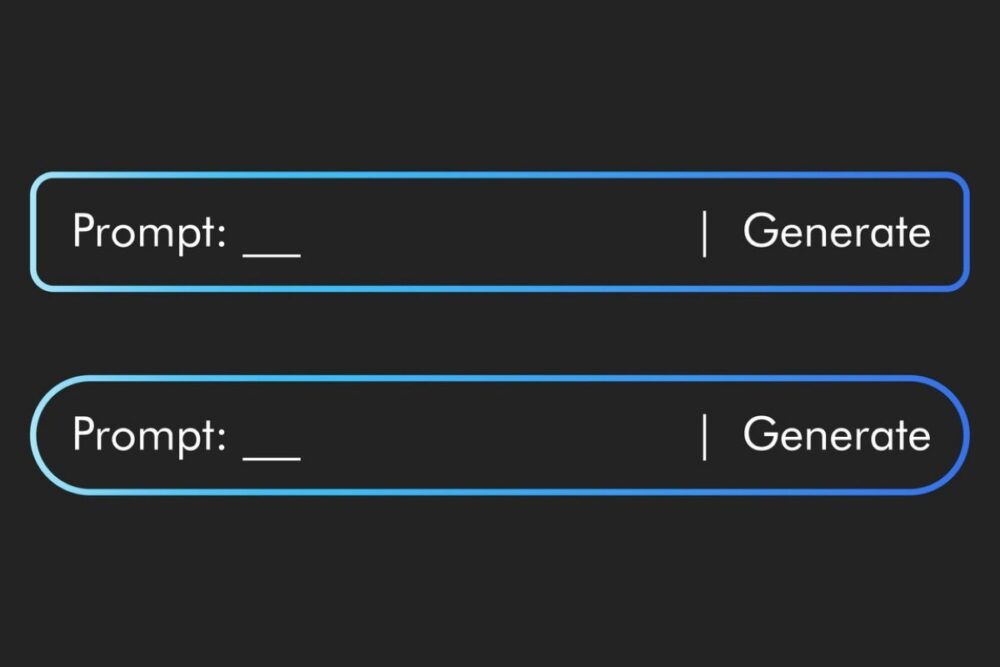Our columnist Dr. Gleb Tsipursky, consultant specializing in the generative AI transformation, explains in this article how organizations car harness the power of AI with the right culture code.
Organizations today face a critical challenge: integrating transformative technologies like Generative AI (Gen AI), including AI agents, while maintaining the values, trust, and collaboration that define their culture. Gen AI is not just a tool for efficiency—it’s a disruptor that reshapes how people work, communicate, and solve problems. However, without a corresponding cultural transformation, the full potential of Gen AI will remain out of reach.
Resetting the culture code is about more than adopting technology; it’s about redefining how organizations collaborate, innovate, and align their actions with their core mission. This cultural reset ensures that employees and stakeholders see AI as an ally in achieving shared goals rather than a source of disruption or inequity.
Why Culture Code Matters in the Gen AI Era
Culture is the invisible framework that dictates how an organization operates, from how decisions are made to how conflicts are resolved. Introducing Gen AI without adjusting the culture can create confusion, resistance, and unintended consequences. Employees may fear job loss, misunderstand how AI tools function, or distrust the fairness of AI-driven decisions.
Resetting the culture code ensures that AI adoption is thoughtful, inclusive, and ethical. It builds trust by fostering transparency, encouraging collaboration, and embedding a commitment to equity and accountability. This approach not only smooths the transition to AI but also empowers teams to thrive in an era of rapid technological change.
The Pillars of a Gen AI-Ready Culture Code
- Collaboration Across Boundaries: Gen AI creates new opportunities for collaboration, both within teams and across silos. However, technology alone cannot guarantee success—organizations must cultivate a culture of transparency and shared purpose, where employees feel encouraged to work together toward common goals.
- Inclusion in Innovation: AI systems can unintentionally replicate and amplify biases if not carefully managed. An inclusive culture ensures that all voices are heard, particularly those from underrepresented groups, in both the design and implementation of AI tools. This promotes fairness and makes AI a force for equity rather than division, while managing risks.
- Ethical Leadership: Organizations must lead by example in how they adopt and use AI. This includes setting clear ethical standards, ensuring accountability, and building trust among employees, customers, and stakeholders. Ethical leadership demonstrates that technology will always serve human values, not the other way around.
- Continuous Learning and Adaptability: AI evolves rapidly, and so must the people who work with it. Organizations need a culture that celebrates learning and adaptability, encouraging employees to experiment with new tools, embrace change, and grow their skills.

Case Study: Resetting the Culture Code in a Mid-Sized Organization
As a consultant, I worked with a mid-sized financial services firm struggling to integrate Gen AI tools into its workflows. While leadership saw the potential for AI to improve efficiency and decision-making, employees expressed fear and skepticism, worried about being replaced or marginalized by the technology.
To address these challenges, we implemented a strategic framework to reset the organization’s culture code:
- Engaging Leadership at All Levels: We began with workshops for executives and team leaders to define a shared vision for AI adoption. By framing AI as a tool for amplifying human creativity and productivity, we helped leadership articulate a message of empowerment rather than displacement.
- Building Trust Through Transparency: Employees were given clear, jargon-free explanations of how AI would be used, including its limitations and safeguards. For example, the organization committed to auditing AI-driven decisions regularly to ensure fairness and accuracy.
- Fostering Inclusion and Collaboration: Cross-functional teams were established to explore AI use cases, ensuring that diverse perspectives were incorporated into decision-making. This included employees from various departments, career stages, and demographics.
- Creating Feedback Mechanisms: Employees were encouraged to share their experiences and concerns through structured feedback channels. Leadership used this input to refine AI policies and address pain points, demonstrating a commitment to continuous improvement.
- Aligning AI Adoption with Core Values: The company developed an AI ethics policy that aligned with its mission to promote innovation and integrity. This policy became a cornerstone of the culture code, guiding decisions at every level.
The results were remarkable. Within six months, employee engagement surveys showed a significant increase in trust and optimism regarding AI, growing from 24% having a positive impression to 71%. Productivity improved by 23% as repetitive tasks were automated, and teams began using AI to enhance creative and strategic work. The organization also gained recognition as a thought leader in ethical AI adoption in the financial industry in their region, bolstering its reputation among clients and partners.
Cross-Functional and Diverse Teams: The Heart of the Culture Code
Resetting the culture code for Gen AI must address the unique dynamics of cross-functional teams and diverse workforces. Different departments and demographics may have varying levels of comfort with AI, and it’s essential to provide tailored support.
For example, marketing teams may use AI to analyze consumer behavior and optimize campaigns, while operations teams focus on automating logistics. Similarly, younger employees might quickly embrace AI tools, while seasoned professionals may need more training to see their value. A culture code that respects these differences fosters inclusivity and ensures that everyone benefits from AI.

Overcoming Resistance: A Cultural Challenge
Resistance to AI is often less about the technology itself and more about the fear of change. Resetting the culture code requires addressing this resistance with empathy, education, and clear communication.
Organizations can overcome these challenges by celebrating early successes, such as AI-driven projects that save time or improve outcomes. Sharing stories of how AI enhances, rather than replaces, human work can help shift perceptions. Training programs that focus on practical, hands-on applications of AI further demystify the technology and build confidence.
Leading by Example: Organizations as AI Trailblazers
Every organization has the potential to be a leader in responsible AI adoption. By resetting their culture codes, organizations can model how to integrate technology thoughtfully and ethically, setting a standard for their industries and inspiring trust among employees and customers.
This leadership extends beyond internal operations. Organizations can develop thought leadership content, host workshops, and partner with experts to share best practices for AI adoption. By doing so, they not only enhance their own credibility but also contribute to the broader conversation about the future of work.
A Culture Code for the Future
Resetting the culture code for the Generative AI era is about more than technology—it’s about people. By fostering collaboration, inclusion, ethical leadership, and continuous learning, organizations can turn the challenges of AI adoption into opportunities for growth and innovation. With a strong culture code, AI becomes not a disruptor, but a partner in achieving greater success.
As a consultant specializing in this transformation, I’ve seen firsthand how organizations can harness the power of AI while staying true to their values. With the right culture code, organizations can unlock new possibilities, inspire their teams, and lead the way into a brighter future.








![Image [Buying Guide] How to Choose the Right AMR?](/wp-content/uploads/sites/3/AMR-320x213.jpg)


